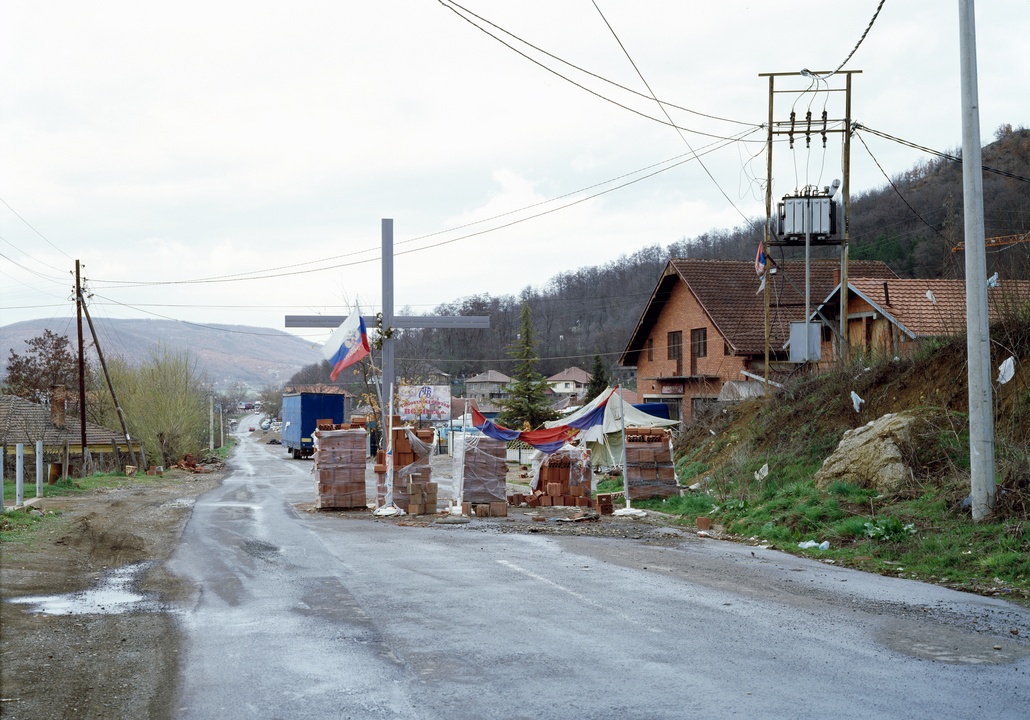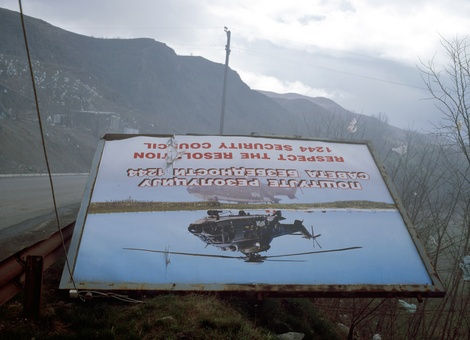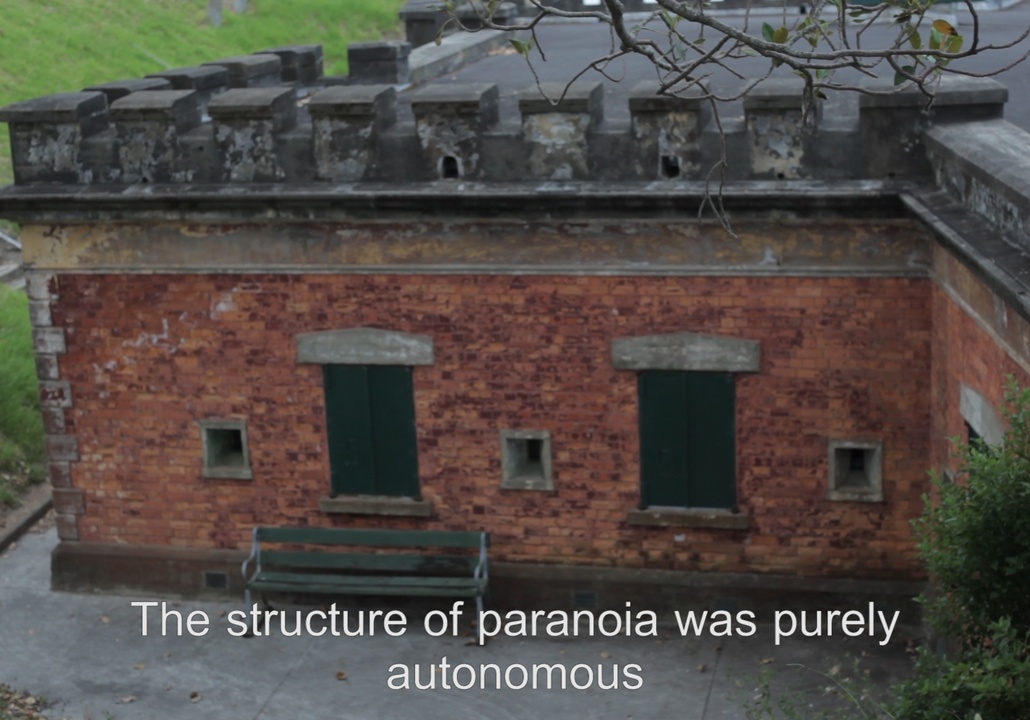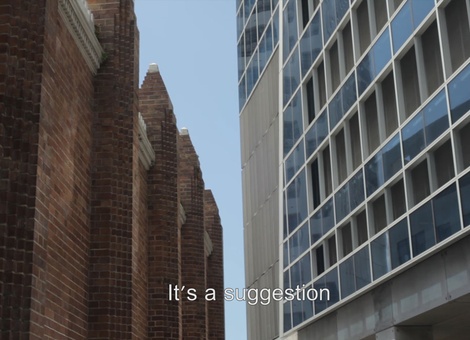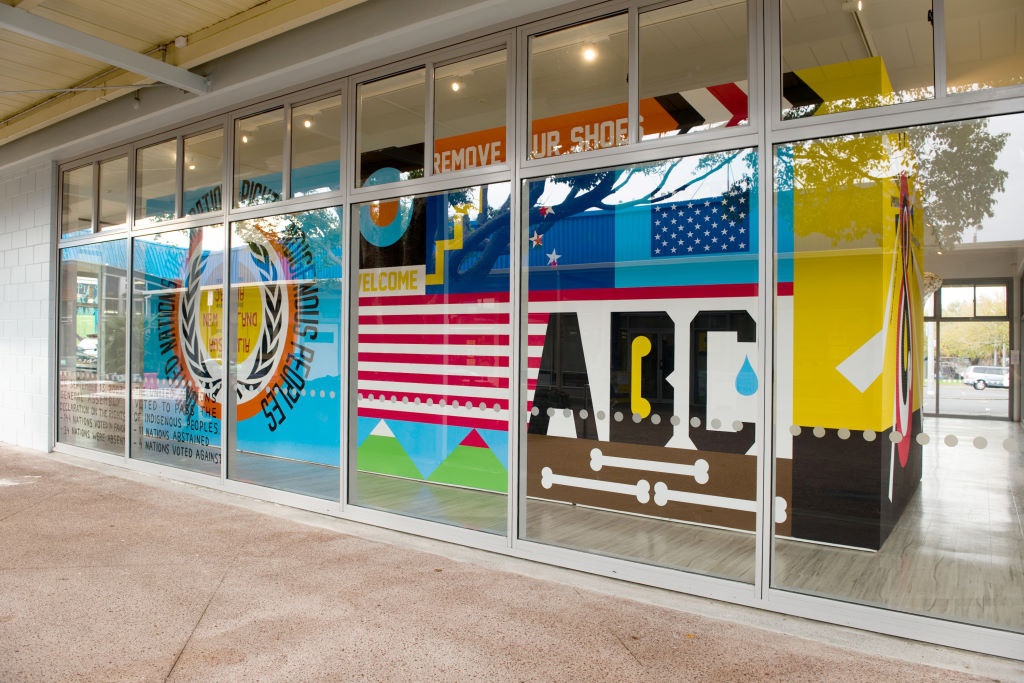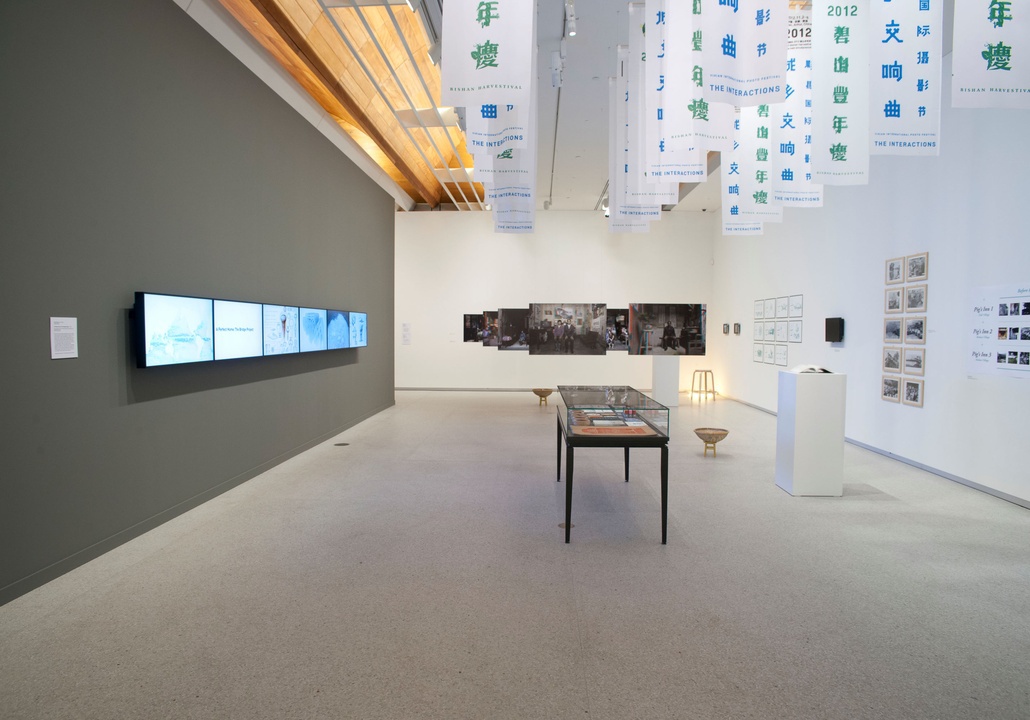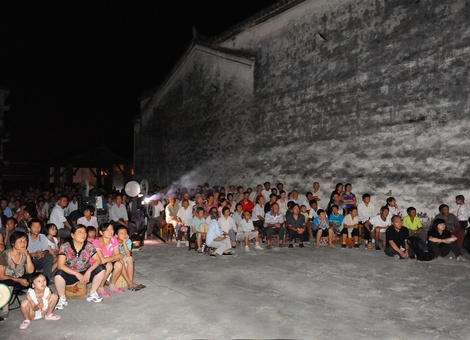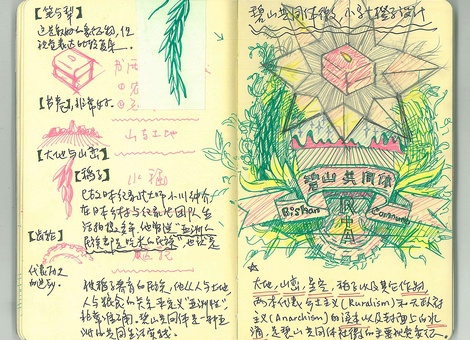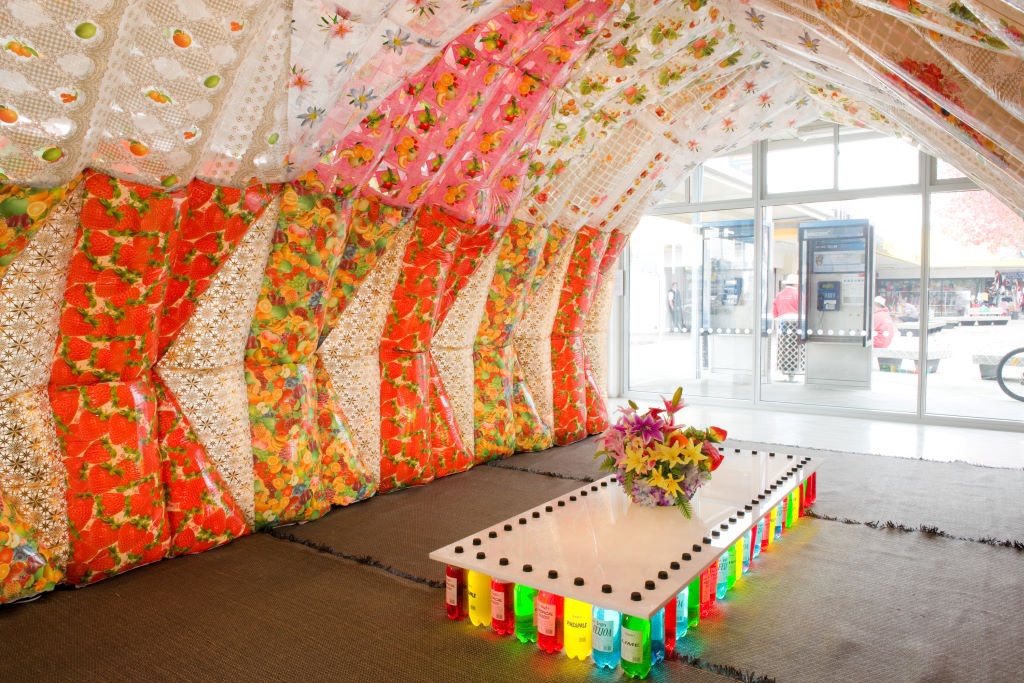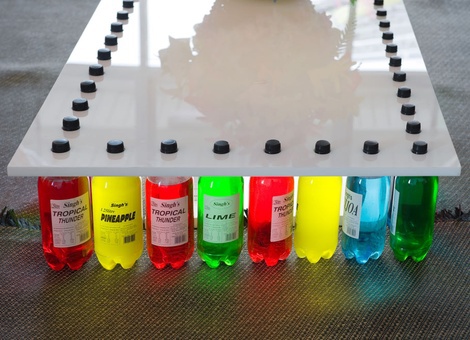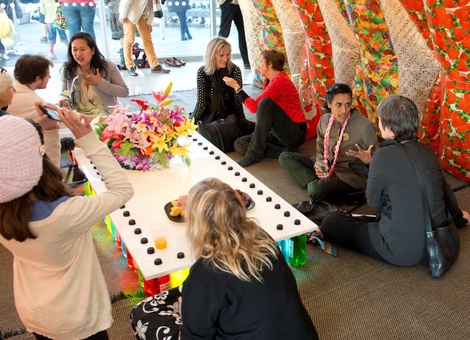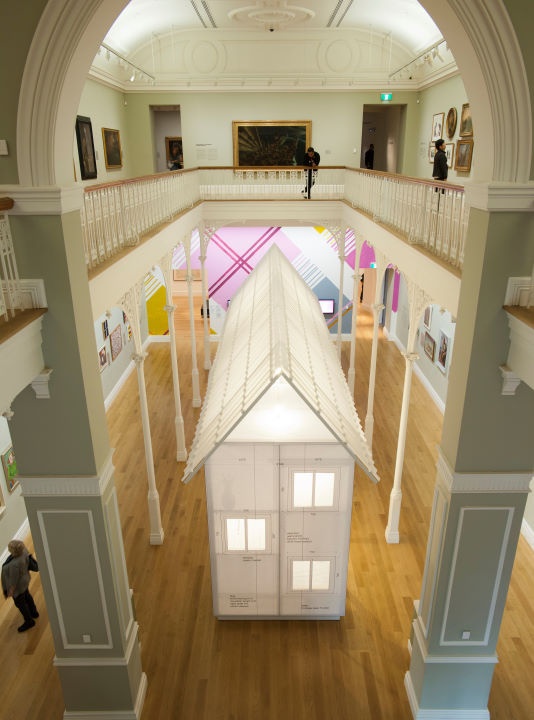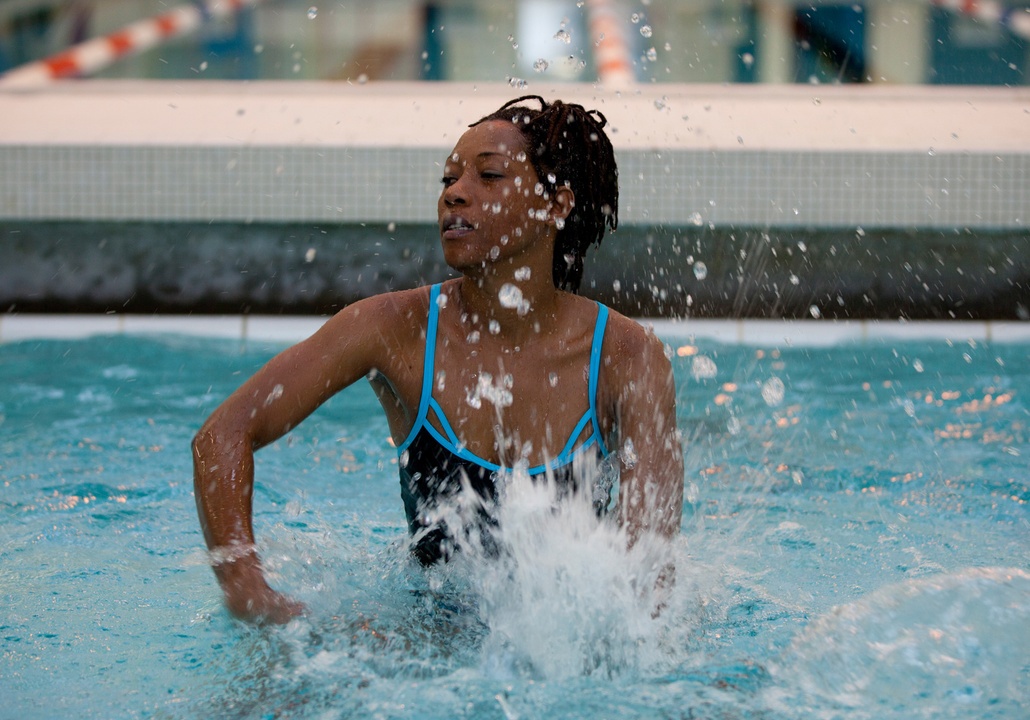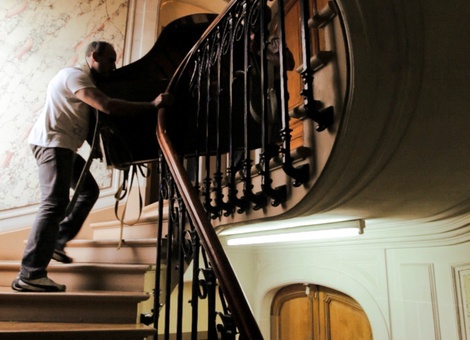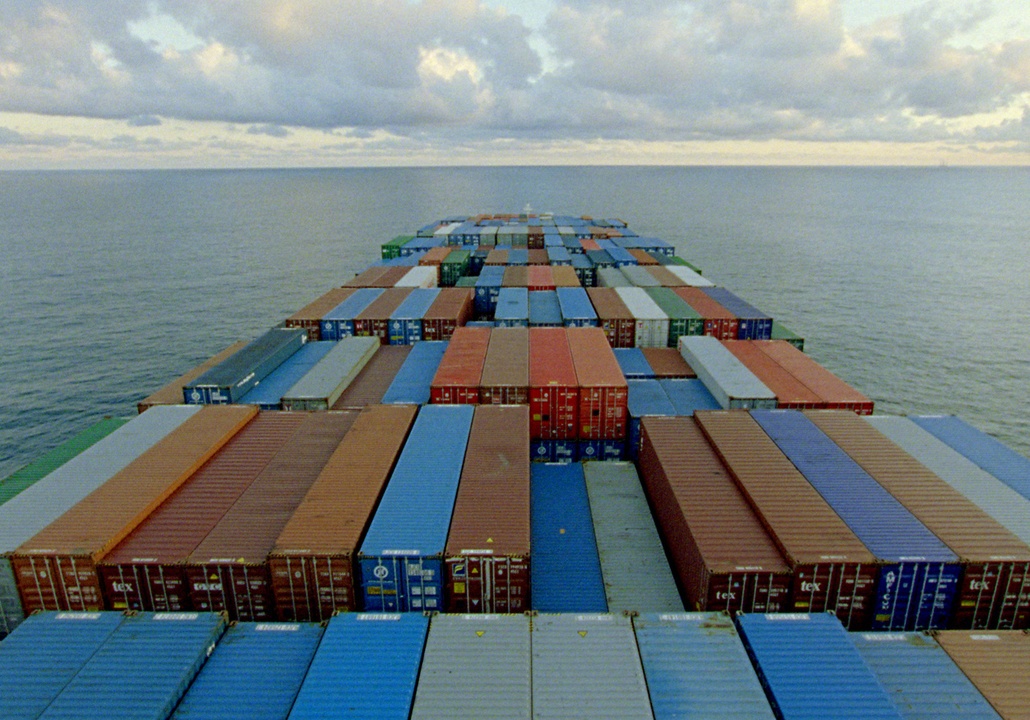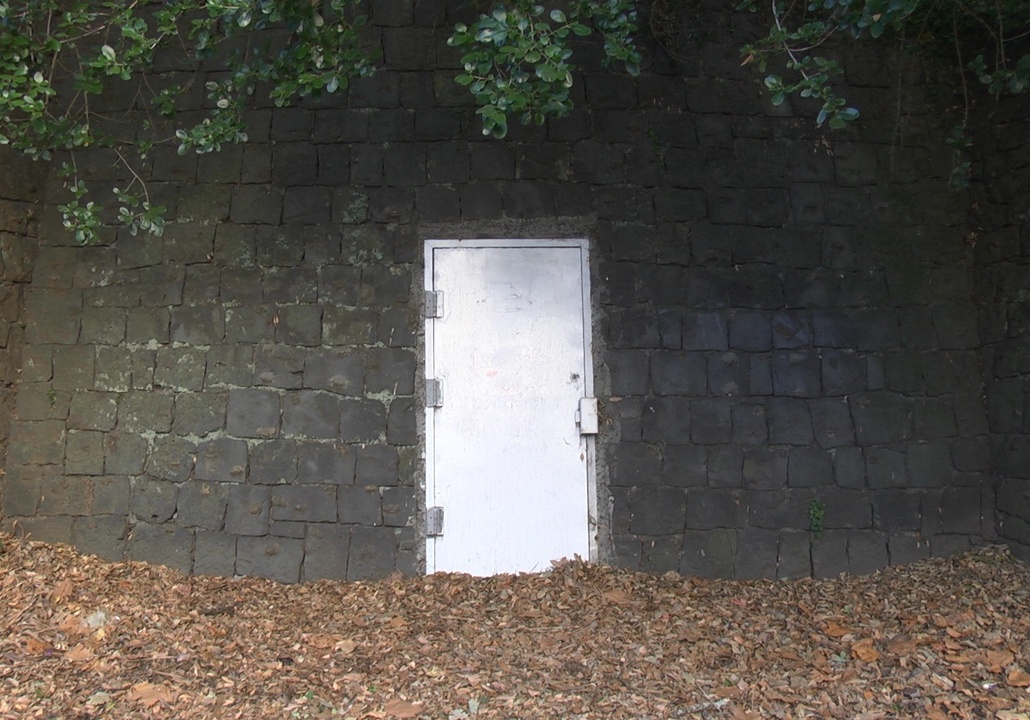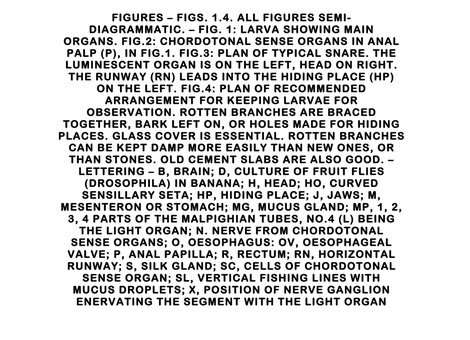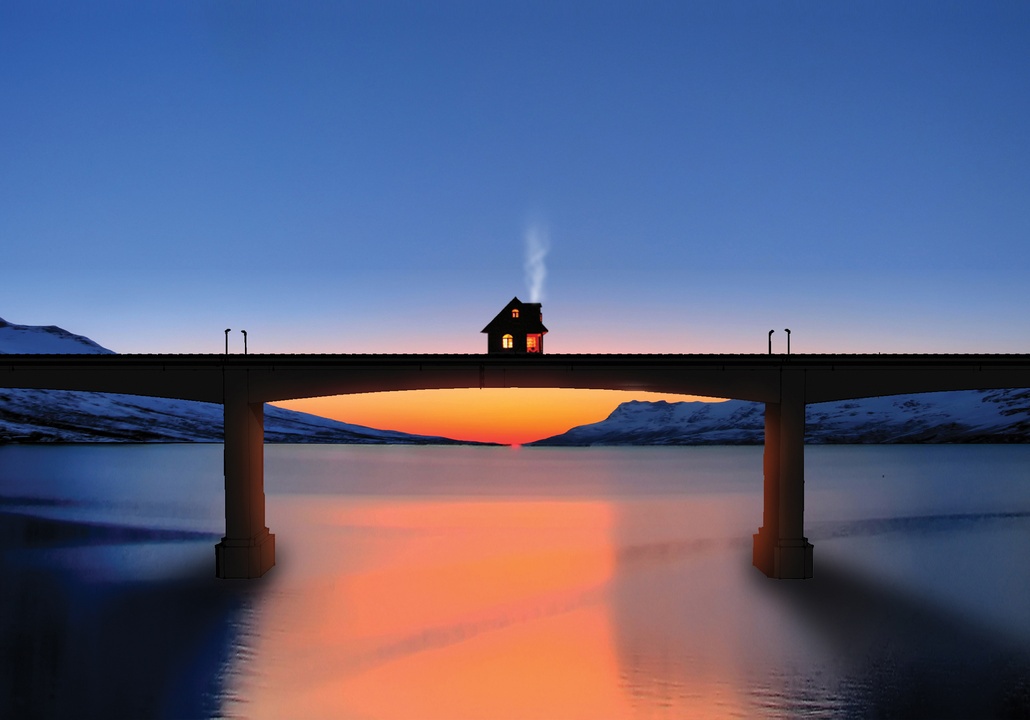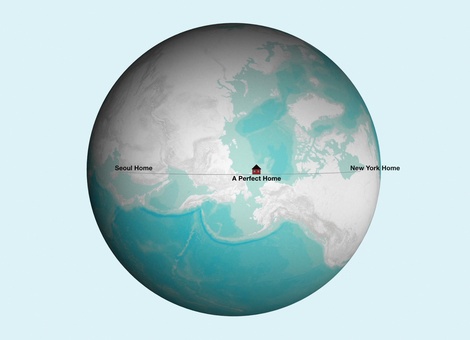Abraham Cruzvillegas
Venue
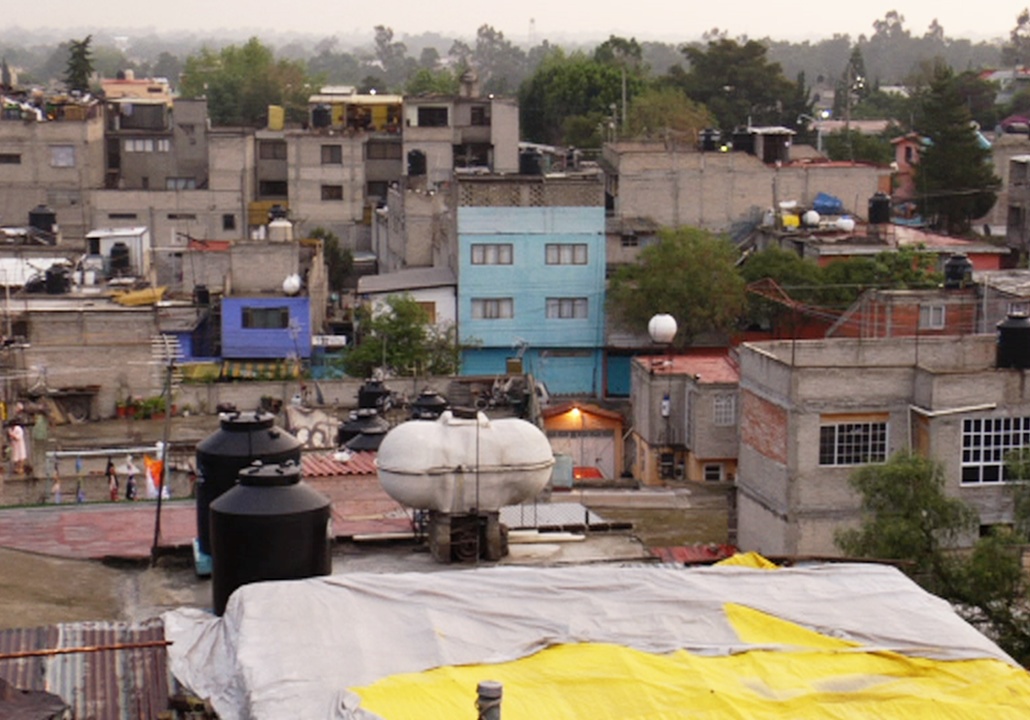
Autoconstrucción, 2009 (still)
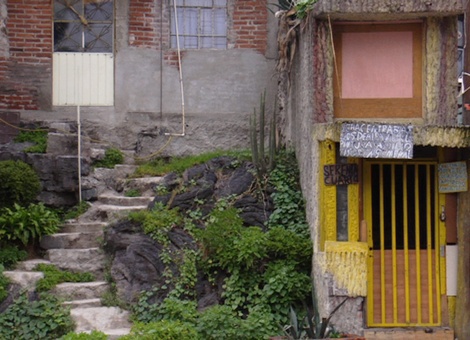
Autoconstrucción, 2009 (still)
Born 1968, Mexico City, Mexico
Lives and works in Mexico City, Mexico
Abraham Cruzvillegas’ practice is informed by growing up in Ajusco, a district of Mexico City. Cruzvillegas transforms everyday objects including pieces of scrap metal, plastic rubbish, and animal waste into art. Stark and somewhat precarious in construction, these dynamic assemblage sculptures retain a deep mystical quality. His recent work addresses solidarity, collaboration and optimism, and his construction of art using readily available materials operates as a metaphor for the articulation of individual identity and place.
Selected exhibitions (solo):
Abraham Cruzvillegas: The Autoconstrucción Suites, Walker Art Centre, Minneapolis, 2013; Abraham Cruzvillegas, Kurimanzutto, Mexico City, 2012; Abraham Cruzvillegas: Autoconstrucción: The Optimistic Failure of a Simultaneous Promise, Modern Art Oxford, 2011; The Magnificent Seven: Abraham Cruzvillegas Capp Street Project, CCA Wattis Institute Event, San Francisco, 2009; Autoconstrucción: The Soundtrack, The Centre for Contemporary Arts, Glasgow, 2008. Selected exhibitions (group): Garden of Reason, Ham House, London, 2012; 30th São Paulo Biennial, 2012; dOCUMENTA (13), Kassel, 2012; 12th Istanbul Biennial, 2011; Unmonumental, New Museum, New York, USA, 2007; 50th Venice Biennale, 2003.
Autoconstrucción
2009
Auckland Art GalleryHD video, single-channel, colour, sound
63:00min
courtesy of the artist and kurimanzutto, Mexico City
